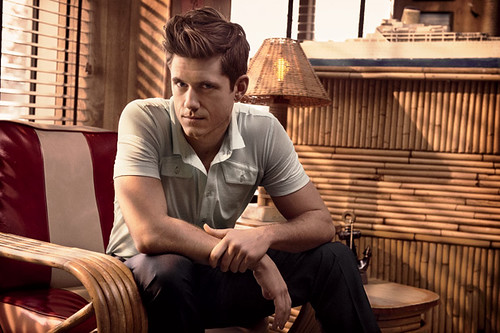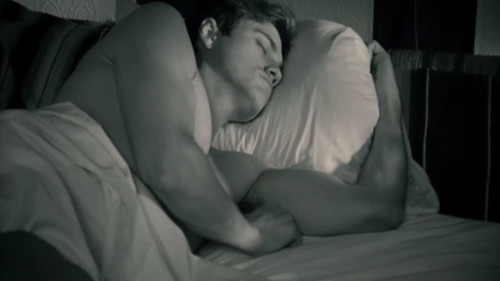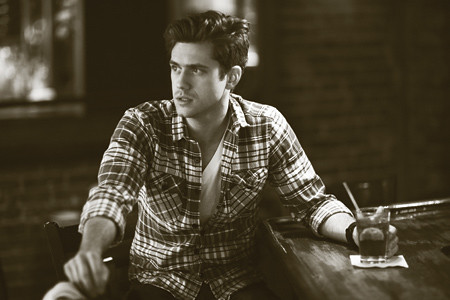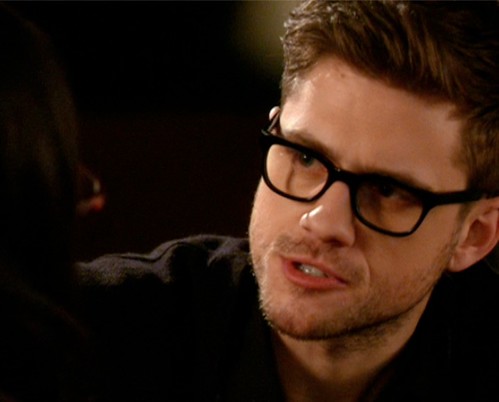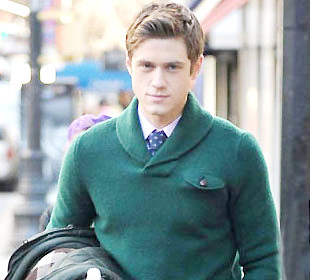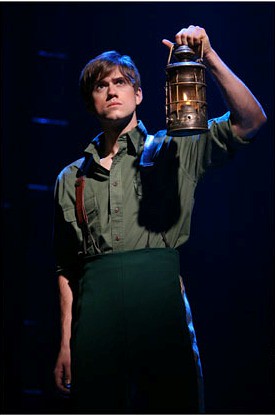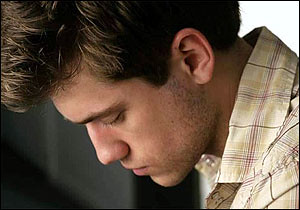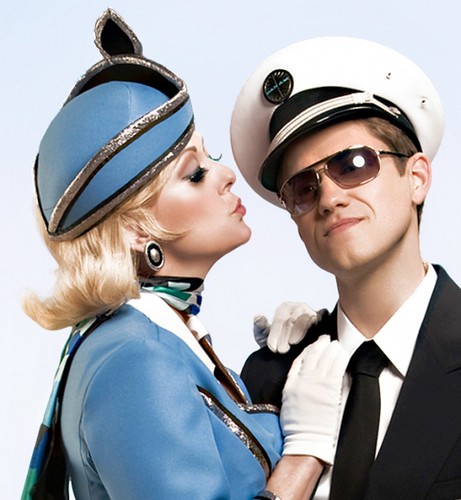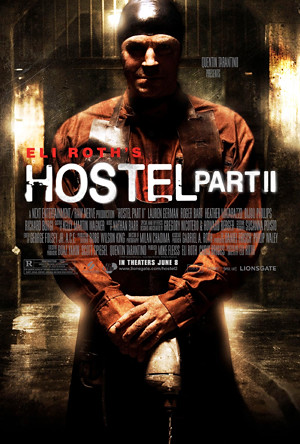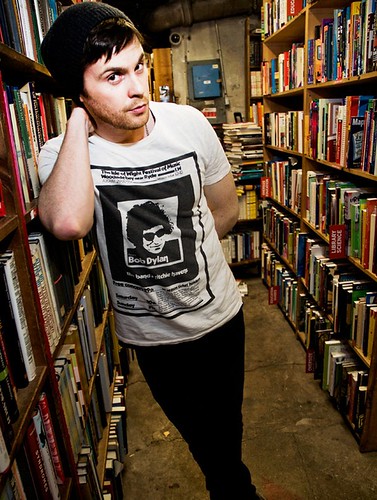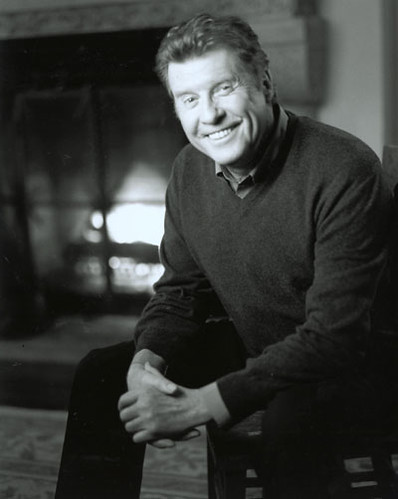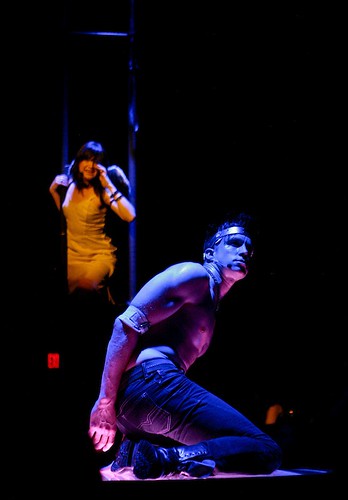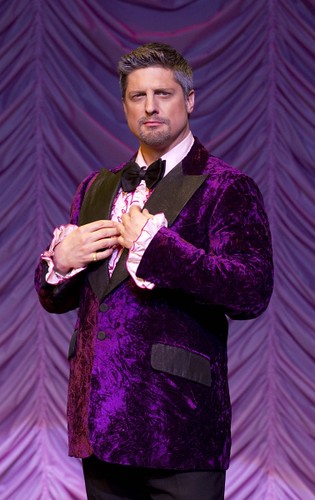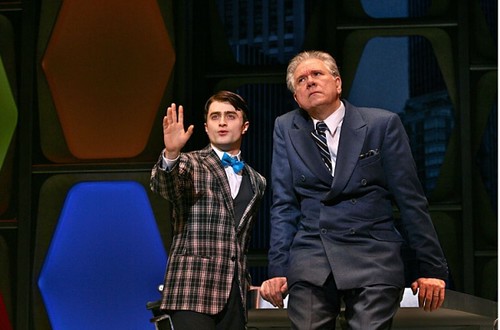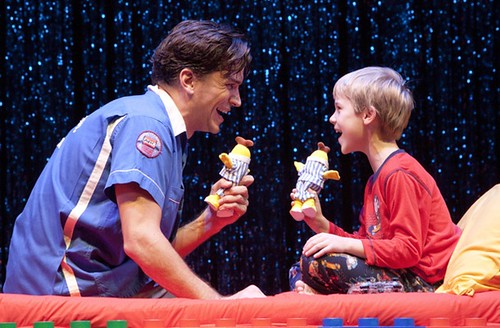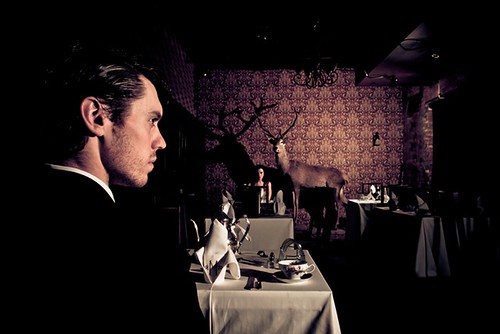
The Mick
In the top drawer of my bureau, buried at the back amidst tangles of bracelets and enormous earrings I rarely get to wear, there is a napkin. It’s folded into the tiniest square possible and hidden inside it are several tiny, green pills. My emergency Valiums.
This napkin hadn’t seen the light of day in easily a year until last month, when a good friend invited Lucky and I to join her at Punchdrunk’s Sleep No More. I recognized the name immediately, having read several articles in the NYTimes, and even before she could explain the show my stomach was in knots and my heart was pounding. I ran for the Valiums, just to make sure they were there, before I even considered the invitation.
Staged over several floors in a warehouse in Chelsea, Sleep No More is basically impossible to adequately explain. It is as much haunted house as it is theater, a heady combination of Hitchcock’s style and Macbeth’s dark plot arcs. It is beautiful, physically moving, vaguely terrifying and absolutely, unequivocally amazing.
It is also my nightmare.
To give you a bit of background, I had one of the worst panic attacks of my life on a haunted trail walk. I am also terrified of people wearing masks (every audience member is required to wear one) and I can barely set foot in a costume shop for more than a few minutes before it’s hard for me to breathe. In fact, I try to avoid leaving the house on Halloween altogether. And if you move too quickly or drop something near me any day of the year, I am likely to jump and scream like a gunshot has just gone off. Even just thinking back on Sleep No More, I am shaking again.
Hence, the Valium.
Even medicated, I was still utterly terrified when I reached the fictional McKittrick Hotel and our journey through Sleep No More began. I caused a minor scene in the elevator when the operator gave me the impression I was going to be forced to experience the show alone. (A scene that, looking back, probably lead to Lucky being torn out of my clutches and forced to go it alone herself.)
But every second of that fear was worth it. I have never, never experienced anything as amazing as Sleep No More. I’m fairly certain I never will again.
No detail was overlooked. Wandering the performance space, everything I saw or touched—every drawer I opened or book I thumbed through—was a part of the story. My every sense was employed to immerse me in the experience of Sleep No More.
The cemetery smelled like hundreds of years of decay, damp with two day old rain. In the darkness, it seemed impossible that something awful wasn’t lurking behind every crumbling brick wall or monument, waiting to accost me. The air in the candy shop was sweet, like a momentary escape from an extended nightmare. Standing in gumshoe detective office where Malcolm joined us, I felt like I was in the safest place I could even imagine and his presence only served to make the room more soothing. Moving trees in the half-lit ballroom—Burnham wood marching on Dunsinane—were menacing.
The actors are in your midst. I danced on the ballroom floor with one. And followed Macbeth as his Lady manipulated him through murder and crazy sexfights. You can follow whoever you find, whoever you like. Or you can just roam on your own and see what happens. The story unfolds around you, and even when you think you’ve seen everything you’ve missed at least half. Getting separated from Lucky proved as much, as she’d seen an entirely different show than I had in the hours we spent apart.
For several days afterward, I couldn’t shake the smell of cemetery. Or the memories of the things I’d seen and touched and felt. It stays with you; its power amazes you more every day. Sleep No More is a moving tribute to the power of drama—it is both theater as you have never experienced it and as it was always intended to be. Immersive and all-consuming, it eradicates any sense of reality and allows you to live in the world of Macbeth for a night. And even if you’re terrified, it is an utterly unmissable experience. Just. Maybe take some Valium beforehand.
***
Lucky
He kicked me out of the elevator. There are lots of things I will remember about Sleep No More, Punchdrunk’s epic, wordless, radically re-imagined production of Macbeth, but the thing I will remember forever is that he kicked me out of the elevator.
Done up as a creepy bellhop, the actor in question undobutedly couldn’t help himself. The Mick was, after all, clinging to my shoulder and literally shaking with fear, and that’s too much temptation. All I know is that he stopped the elevator, opened the door and said, “Right this way, everyone.”
Except when I turned around, I was the only one who’d gotten off. Apparently, after I stepped out, the bellhop had put his hand down in front of The Mick, stopping her from following me. Because the audience at Sleep No More is asked to stay silent throughout, no one was about to call after me, and in the end, I’m glad they didn’t. Because as the bellhop intoned, just before I stepped out, Sleep No More is an individual experience.
And was it ever. I think it would have been even if I’d stayed with my friends, but I spent the next two hours wandering the five floors of performance space by myself. On those five floors, a cast of actors performs Macbeth, or rather insinuates Macbeth, because except for some well-placed shouting and grunting, there are no spoken lines. Everything is conveyed through movement, facial expressions, dance, and some intricately-staged fight scenes. And then, of course, so much is expressed through the show’s most formidable character of all: The set. Decorated as a dilapidated hotel—or a home, or a mental hospital, or a graveyard, or a candy store, or a ballroom in the woods—the breathtaking surroundings look (and sound and smell—music and scents are used throughout) like a nightmare or a Hitchcock movie, or all three. And they’re yours to explore for the duration of the show.
Sleep No More does what all truly great suspense and horror films do: It presents things that, on the surface, aren’t particularly scary—a child’s room, a candle-lit chapel. But our own associations and fears render them chilling. There is nothing scarier in Sleep No More than entering an empty room, even though you know, rationally, that this is not a standard goofball haunted house. Nothing is going to jump out at you. No one is going to scream. Here, it’s the silence and emptiness that generates the terror, that creates the space in your own mind for all your personal demons to dance.
While you may not be able to piece together a coherent story at Sleep No More, that hardly matters. It unfolds with the mystery and unpredictability of a dream. For an audience, the effects are literally mind-boggling, and present only a single challenge: How far into it do you want to go?

